Unsupervised 3D Medical Image Segmentation With Sparse Radiation Measurement
-
摘要: 神经衰减场是一种具有前景的三维医学图像重建方法,此方法利用稀疏辐射测量实现与完整观察相接近的重构精度。本文提出了一种无监督三维医学影像分割方法,将无监督分割与神经衰减场集成为一个端到端的网络架构。具体而言,所提出的网络架构包括两个阶段:稀疏测量重建和交互式三维图像分割。两个阶段可通过联合学习自适应实现互惠优化。为解决类似肛肠等复杂病灶中边界模糊和区域过度扩展的难题,所提三维分割网络的交互式三维分割阶段设计了密度引导模块,有效利用衰减系数的先验知识,调节密度感知的注意力机制,提升三维分割泛化性能。通过与南京市中医院合作构建的结直肠癌数据集以及两个公开数据集上的大量实验证明所提出方法的优越性,例如与基于全辐射观测的SAM-MED3D算法相比,所提出的网络仅使用14%稀疏观测值,在三个数据集的平均 Dice 系数提升 2.0%。Abstract:
Objective Three-dimensional medical image segmentation is recognized as a pivotal task in modern medical image analysis. Compared with two-dimensional imaging, it captures the spatial morphology of organs and lesions more comprehensively and provides clinicians with detailed structural information, thereby facilitating early disease screening, personalized surgical planning, and treatment evaluation. With rapid advances in artificial intelligence, three-dimensional segmentation is increasingly regarded as a key technology for diagnostic support, precision therapy, and intraoperative navigation. However, existing methods such as SwinUNETR-v2 and UNETR++ rely heavily on large-scale voxel-level annotations, which incur high annotation costs and limit clinical applicability. Moreover, high-quality segmentation frequently depends on multi-view projections to obtain complete volumetric data, resulting in increased radiation exposure and physiological burden for patients. Consequently, segmentation under sparse radiation measurements is posed as an important challenge. Neural Attenuation Fields (NAF) have recently been proposed as a promising approach for low-dose reconstruction by recovering linear attenuation coefficient fields from sparse views. Nevertheless, their potential for three-dimensional segmentation remains largely unexplored. To address this gap, a unified framework named NA-SAM3D is proposed, which integrates NAF-based reconstruction with interactive segmentation to achieve unsupervised 3D segmentation under sparse-view conditions, thereby reducing annotation dependence and improving boundary perception. Methods The proposed framework is designed in two stages. In the first stage, sparse-view reconstruction is performed using NAF to generate a continuous three-dimensional attenuation coefficient tensor from sparse X-ray projections. Ray sampling and positional encoding are applied to arbitrary 3D points, and the encoded features are passed into a multi-layer perceptron (MLP) to predict linear attenuation coefficients that serve as input for subsequent segmentation. In the second stage, interactive segmentation is conducted. A three-dimensional image encoder is used to extract high-dimensional features from the attenuation coefficient tensor, while clinician-provided point prompts indicate regions of interest. These prompts are embedded into semantic features by an interactive user module and fused with image features to guide the mask decoder in producing preliminary masks. Because point prompts provide only local positional cues, boundary ambiguity and mask over-expansion may occur. To mitigate these issues, a Density-Guided Module (DGM) is introduced at the decoder output stage: NAF-derived attenuation coefficients are converted into a density-aware attention map, which is fused with preliminary mask predictions to strengthen tissue boundary perception and improve segmentation accuracy in complex anatomical regions. Results and Discussions NA-SAM3D is validated on a self-constructed colorectal cancer dataset comprising 299 patient cases (in collaboration with Nanjing Hospital of Traditional Chinese Medicine) and on two public benchmarks: the Lung CT Segmentation Challenge (LCTSC) and the Liver Tumor Segmentation Challenge (LiTS). Experimental results show that NA-SAM3D achieves overall better performance than the mainstream unsupervised 3D segmentation methods based on full radiation observation (SAM-MED series) and reaches accuracy comparable to or even higher than the fully supervised model SwinUNETR-v2. Compared with SAM-MED3D, NA-SAM3D improves the Dice on the LCTSC dataset by more than 3%, while HD95 and ASD decrease by 5.29 mm and 1.32 mm, respectively, demonstrating better boundary localization and surface consistency. Compared with the sparse-field-based segmentation method SA3D, NA-SAM3D achieves higher Dice scores on all three datasets ( Table 1 ). Compared with the fully supervised model SwinUNETR-v2, NA-SAM3D reduces HD95 by 1.28 mm, and the average Dice is only 0.3% lower. Compared with SA3D, NA-SAM3D increases the average Dice by about 6.6% and reduces HD95 by about 11 mm, further verifying its ability to recover structural details and boundary information under sparse-view conditions (Table 2 ). Although the overall performance of NA-SAM3D is slightly lower than that of the fully supervised UNETR++ model, it still demonstrates strong competitiveness and good generalization under label-free inference. Qualitative results show that in complex pelvic and intestinal regions, NA-SAM3D produces clearer boundaries and higher contour consistency (Fig. 3 ). On public datasets, segmentation of the lung and liver also shows superior boundary localization and contour integrity (Fig. 4 ). Three-dimensional visualization further verifies that in colorectal, lung, and liver regions, NA-SAM3D achieves better structural continuity and boundary preservation than SAM-MED2D and SAM-MED3D (Fig. 5 ). The Density-Guided Module further improves boundary sensitivity, increasing Dice and mIoU by 1.20% and 3.31% on the self-constructed dataset, and by 4.49 and 2.39 percentage points on the LiTS dataset (Fig. 6 ).Conclusions An unsupervised 3D medical image segmentation framework, NA-SAM3D, is proposed, which integrates NAF reconstruction with interactive 3D segmentation to achieve high-precision segmentation under sparse radiation measurements. The Density-Guided Module effectively leverages attenuation coefficient priors to enhance recognition of complex lesion boundaries. Experimental results demonstrate that the method approaches the performance of fully supervised approaches under unsupervised inference, with an average 2.0% Dice improvement, indicating substantial practical value and clinical potential for low-dose imaging and complex anatomical segmentation. Future work will focus on optimizing the model for additional anatomical regions and evaluating its practical application in preoperative planning. -
表 1 不同数据集的定量结果对比,(表中加粗值表示该列指标的最优结果,HD95 与 ASD 的单位均为 mm)
方法 LCTSC LiTS 自建数据集 DICE mIoU HD95 ASD DICE mIoU HD95 ASD DICE mIoU HD95 ASD Swinunetr-v2[5] 0.7812 0.6285 18.54 3.66 0.8865 0.8033 10.36 3.27 0.7598 0.6721 17.28 3.71 UNETR++[6] 0.8171 0.7003 11.20 3.04 0.9126 0.8312 10.08 3.23 0.7835 0.6894 9.70 2.75 SAM-MED2D[18] 0.5805 0.4090 24.89 5.13 0.8623 0.7577 12.94 3.86 0.7196 0.6361 26.88 5.40 SA3D[21] 0.6931 0.5389 23.48 4.91 0.8027 0.7123 26.81 5.92 0.7235 0.6108 25.14 5.73 SAM-MED3D[22] 0.7623 0.6257 21.21 4.69 0.8511 0.7741 17.00 4.22 0.7448 0.6426 18.25 4.05 Ours 0.7946 0.6296 15.92 3.37 0.8629 0.7924 12.79 3.31 0.7610 0.6733 13.61 3.05 表 2 不同模型的均值与方差比较(表中加粗值表示该列指标的最优结果)
方法 平均值 方差 DICE mIoU HD95 ASD DICE mIoU HD95 ASD Swinunetr-v2[5] 0.8092 0.7013 15.39 3.55 0.0031 0.0055 12.93 0.04 UNETR++[6] 0.8377 0.7403 10.33 2.94 0.0030 0.0042 0.41 0.02 SAM-MED2D[18] 0.7208 0.6009 21.57 4.80 0.0132 0.0209 37.90 0.45 SA3D[21] 0.7398 0.6207 25.14 5.52 0.0021 0.0051 1.84 0.19 SAM-MED3D[22] 0.7861 0.6808 18.82 4.32 0.0022 0.0044 3.11 0.07 Ours 0.8061 0.6984 14.11 3.24 0.0018 0.0047 1.76 0.02 表 3 基于自建数据集微调下的交叉域评估结果,(表中加粗值表示该列指标的最优结果)
-
[1] EMRE T, CHAKRAVARTY A, RIVAIL A, et al. 3DTINC: Time-equivariant non-contrastive learning for predicting disease progression from longitudinal OCTs[J]. IEEE Transactions on Medical Imaging, 2024, 43(9): 3200–3210. doi: 10.1109/TMI.2024.3391215. [2] ZHU Pengfei, WANG Tingmin, YANG Fan, et al. A transformer-based multi-scale deep learning model for lung cancer surgery optimization[J]. IEEE Access, 2025, 13: 70044–70054. doi: 10.1109/ACCESS.2025.3561948. [3] WU Junde, ZHANG Yu, FANG Huihui, et al. Calibrate the inter-observer segmentation uncertainty via diagnosis-first principle[J]. IEEE Transactions on Medical Imaging, 2024, 43(9): 3331–3342. doi: 10.1109/TMI.2024.3394045. [4] MA Yuxi, WANG Jiacheng, YANG Jing, et al. Model-heterogeneous semi-supervised federated learning for medical image segmentation[J]. IEEE Transactions on Medical Imaging, 2024, 43(5): 1804–1815. doi: 10.1109/TMI.2023.3348982. [5] HE Yufan, NATH V, YANG Dong, et al. SwinUNETR-V2: Stronger swin transformers with stagewise convolutions for 3D medical image segmentation[C]. Proceedings of the 26th International Conference on Medical Image Computing and Computer Assisted Intervention, Vancouver, Canada, 2023: 416–426. doi: 10.1007/978-3-031-43901-8_40. [6] SHAKER A, MAAZ M, RASHEED H, et al. UNETR++: Delving into efficient and accurate 3D medical image segmentation[J]. IEEE Transactions on Medical Imaging, 2024, 43(9): 3377–3390. doi: 10.1109/TMI.2024.3398728. [7] PERERA S, NAVARD P, YILMAZ A, et al. SegFormer3D: An efficient transformer for 3D medical image segmentation[C]. Proceedings of IEEE/CVF Conference on Computer Vision and Pattern Recognition Workshops, Seattle, USA, 2024: 4981–4988. doi: 10.1109/CVPRW63382.2024.00503. [8] TOWLE B, CHEN Xin, and ZHOU Ke. SimSAM: Zero-shot medical image segmentation via simulated interaction[C]. Proceedings of the 2024 IEEE International Symposium on Biomedical Imaging, Athens, Greece, 2024: 1–5. doi: 10.1109/ISBI56570.2024.10635227. [9] BUI N T, HOANG D H, TRAN M T, et al. SAM3D: Segment anything model in volumetric medical images[C]. Proceedings of 2024 IEEE International Symposium on Biomedical Imaging, Athens, Greece, 2024: 1–4. doi: 10.1109/ISBI56570.2024.10635844. [10] YAMAGISHI Y, HANAOKA S, KIKUCHI T, et al. Using segment anything model 2 for zero-shot 3D segmentation of abdominal organs in computed tomography scans to adapt video tracking capabilities for 3D medical imaging: Algorithm development and validation[J]. JMIR AI, 2025, 4(1): e72109. doi: 10.2196/72109. [11] MILDENHALL B, SRINIVASAN P P, TANCIK M, et al. NeRF: Representing scenes as neural radiance fields for view synthesis[J]. Communications of the ACM, 2021, 65(1): 99–106. doi: 10.1145/3503250. [12] ZHA Ruyi, ZHANG Yanhao, LI Hongdong, et al. NAF: Neural attenuation fields for sparse-view CBCT reconstruction[C]. Proceedings of the 25th International Conference on Medical Image Computing and Computer Assisted Intervention, Singapore, Singapore, 2022: 442–452. doi: 10.1007/978-3-031-16446-0_42. [13] TAN Pinhuang, GENG Mengxiao, LU Jingya, et al. MSDiff: Multi-scale diffusion model for ultra-sparse view CT reconstruction[J]. arXiv preprint arXiv: 2405.05814, 2024. doi: 10.48550/arXiv.2405.05814. (查阅网上资料,不确定文献类型及格式是否正确,请确认). [14] SONG Bowen, HU J, LUO Zhaoxu, et al. DiffusionBlend: Learning 3D image prior through position-aware diffusion score blending for 3D computed tomography reconstruction[C]. Proceedings of the 38th International Conference on Neural Information Processing Systems, Vancouver, Canada, 2024: 2844. [15] ZHAO Xuzhi, DU Yi, YUE Haizhen, et al. Deep learning-based projection synthesis for low-dose cone-beam computed tomography imaging in image-guided radiotherapy[J]. Quantitative Imaging in Medicine and Surgery, 2024, 14(1): 23150–23250. doi: 10.21037/qims-23-759. [16] YANG Liutao, HUANG Jiahao, YANG Guang, et al. CT-SDM: A sampling diffusion model for sparse-view CT reconstruction across various sampling rates[J]. IEEE Transactions on Medical Imaging, 2025, 44(6): 2581–2593. doi: 10.1109/TMI.2025.3541491. [17] KANG E, CHANG W, YOO J, et al. Deep convolutional framelet denosing for low-dose CT via wavelet residual network[J]. IEEE Transactions on Medical Imaging, 2018, 37(6): 1358–1369. doi: 10.1109/TMI.2018.2823756. [18] CHENG Junlong, YE Jin, DENG Zhongying, et al. SAM-Med2D[J]. arXiv preprint arXiv: 2308.16184, 2023. doi: 10.48550/arXiv.2308.16184. (查阅网上资料,不确定文献类型及格式是否正确,请确认). [19] LEI Wenhui, XU Wei, LI Kang, et al. MedLSAM: Localize and segment anything model for 3D CT images[J]. Medical Image Analysis, 2025, 99: 103370. doi: 10.1016/j.media.2024.103370. [20] GONG Shizhan, ZHONG Yuan, MA Wenao, et al. 3DSAM-Adapter: Holistic adaptation of SAM from 2D to 3D for promptable tumor segmentation[J]. Medical Image Analysis, 2024, 98: 103324. doi: 10.1016/j.media.2024.103324. [21] CEN Jiazhong, FANG Jiemin, ZHOU Zanwei, et al. Segment anything in 3D with radiance fields[J]. International Journal of Computer Vision, 2025, 133(8): 5138–5160. doi: 10.1007/s11263-025-02421-7. [22] WANG Haoyu, GUO Sizheng, YE Jin, et al. SAM-Med3D: Towards general-purpose segmentation models for volumetric medical images[C]. Proceedings of the European Conference on Computer Vision, Milan, Italy, 2024: 51–67. doi: 10.1007/978-3-031-91721-9_4. [23] YANG J, SHARP G, VEERARAGHAVAN H, et al. Data from Lung CT Segmentation Challenge (LCTSC) (Version 3)[M]. The Cancer Imaging Archive, 2017. (查阅网上资料, 未找到本条文献作者和出版信息, 请确认). [24] BILIC P, CHRIST P, LI H B, et al. The liver tumor segmentation benchmark (LiTS)[J]. Medical Image Analysis, 2023, 84: 102680. doi: 10.1016/j.media.2022.102680. [25] FELDKAMP L A, DAVIS L C, and KRESS J W. Practical cone-beam algorithm[J]. Journal of the Optical Society of America A, 1984, 1(6): 612–619. doi: 10.1364/JOSAA.1.000612. [26] ANDERSEN A H and KAK A C. Simultaneous algebraic reconstruction technique (SART): A superior implementation of the ART algorithm[J]. Ultrasonic Imaging, 1984, 6(1): 81–94. doi: 10.1177/016173468400600107. [27] CAI Yuanhao, WANG Jiahao, YUILLE A, et al. Structure-aware sparse-view X-ray 3D reconstruction[C]. Proceedings of IEEE/CVF Conference on Computer Vision and Pattern Recognition, Seattle, USA, 2024: 11174–11183. doi: 10.1109/CVPR52733.2024.01062. -





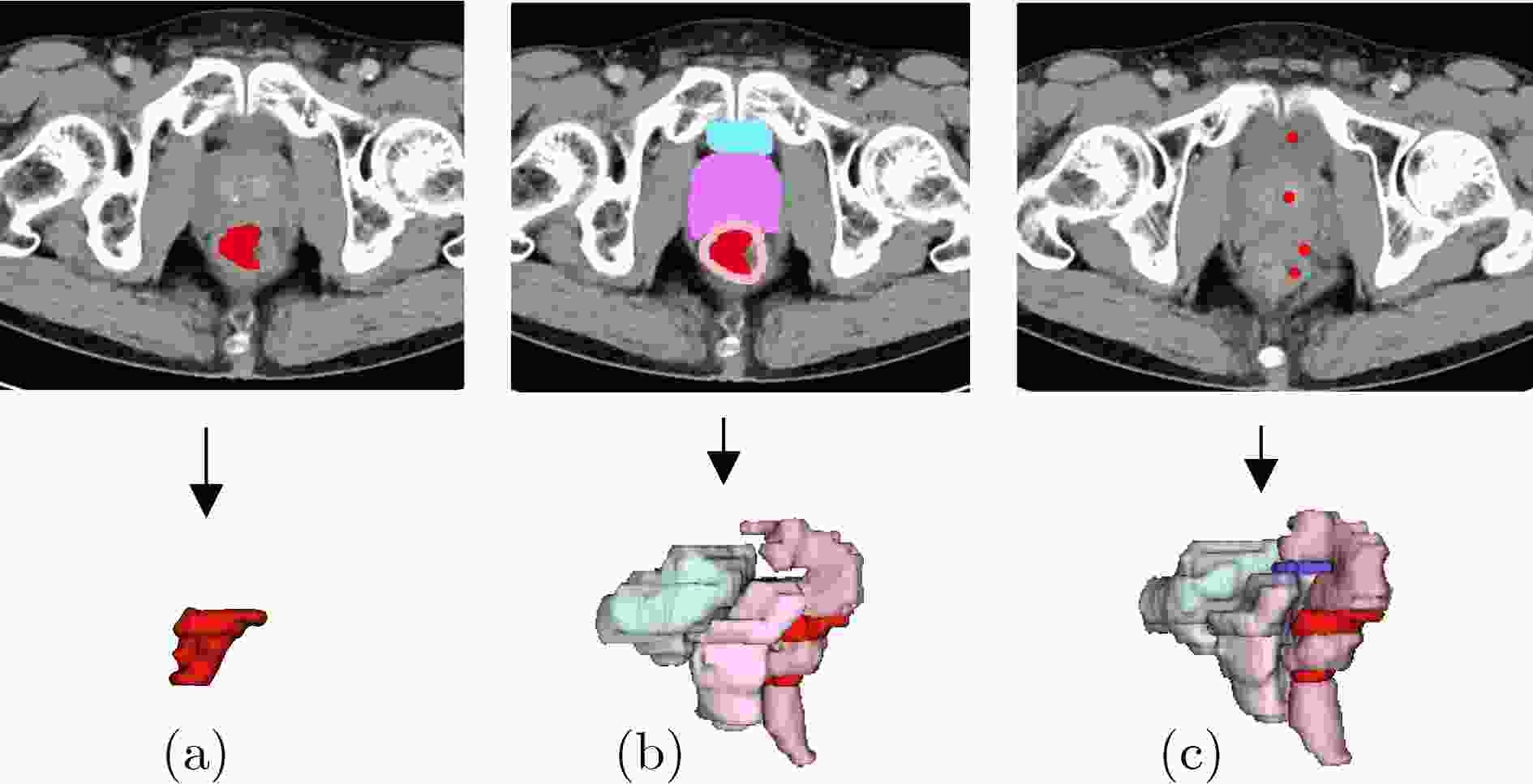
 下载:
下载:
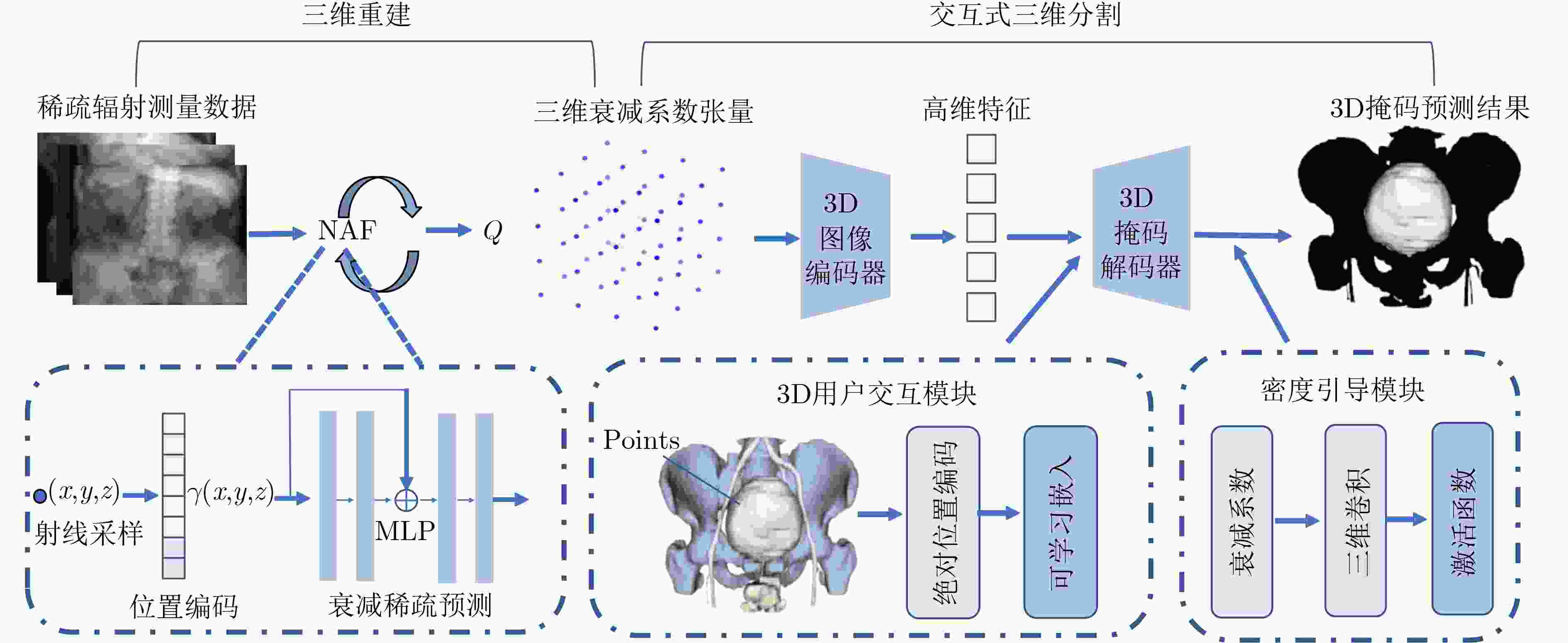
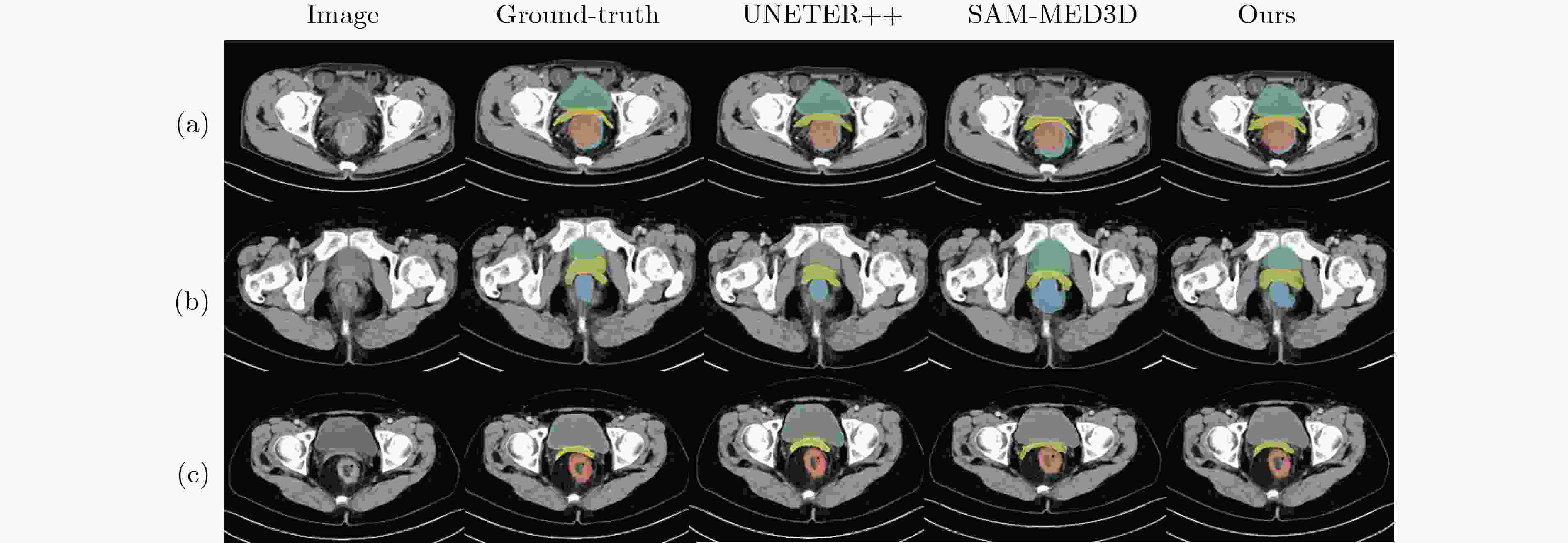

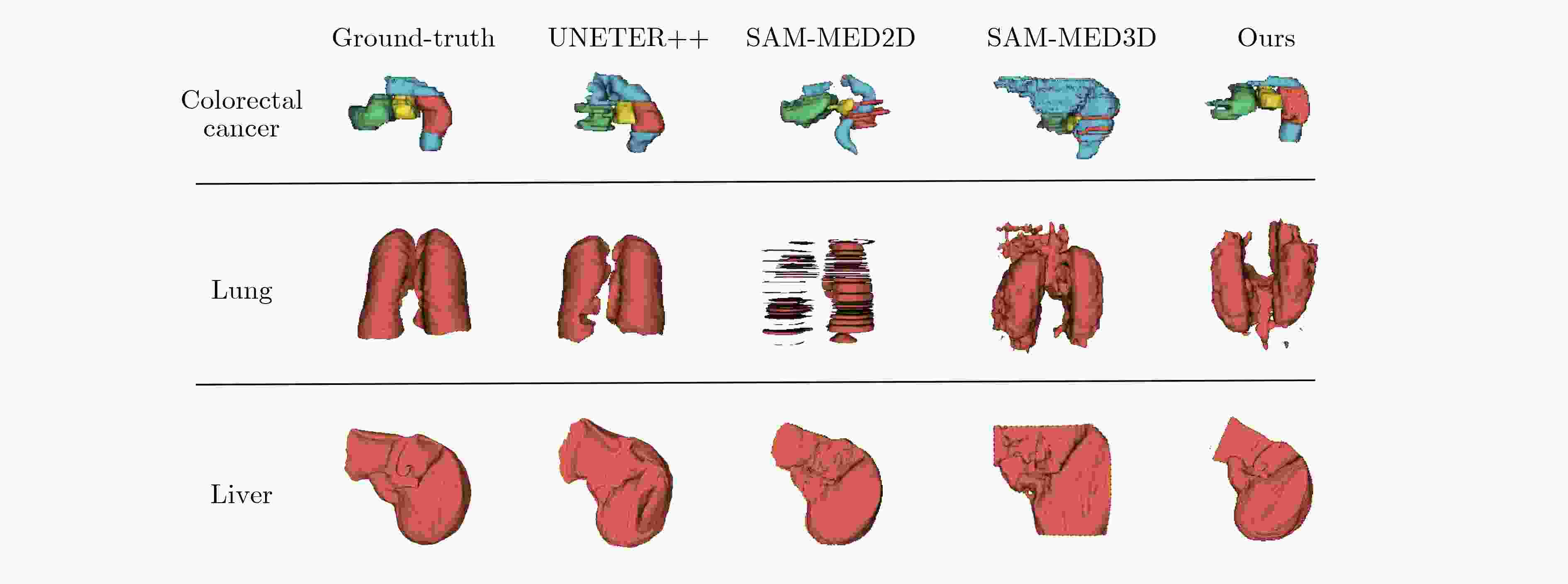
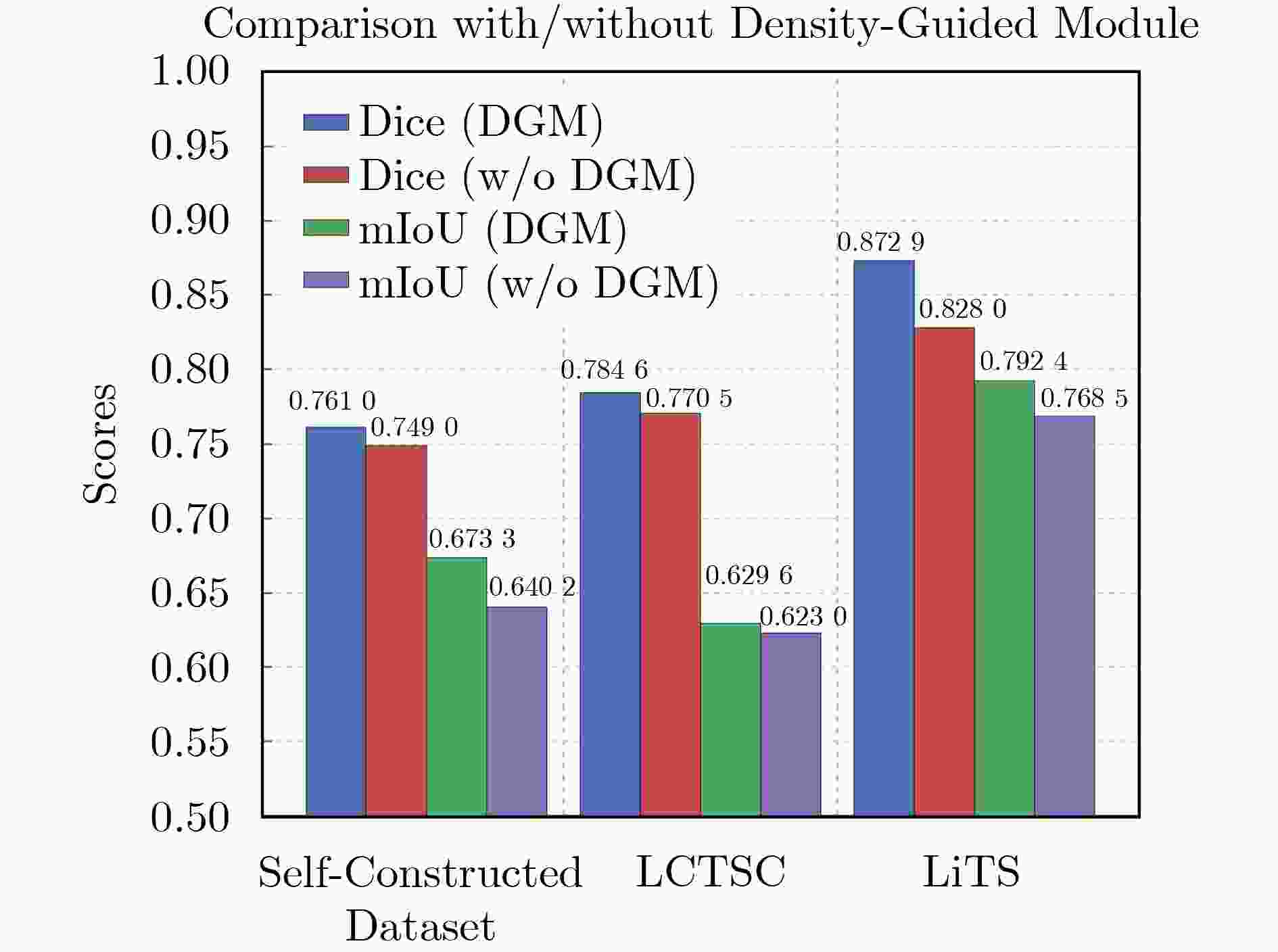





 下载:
下载:
